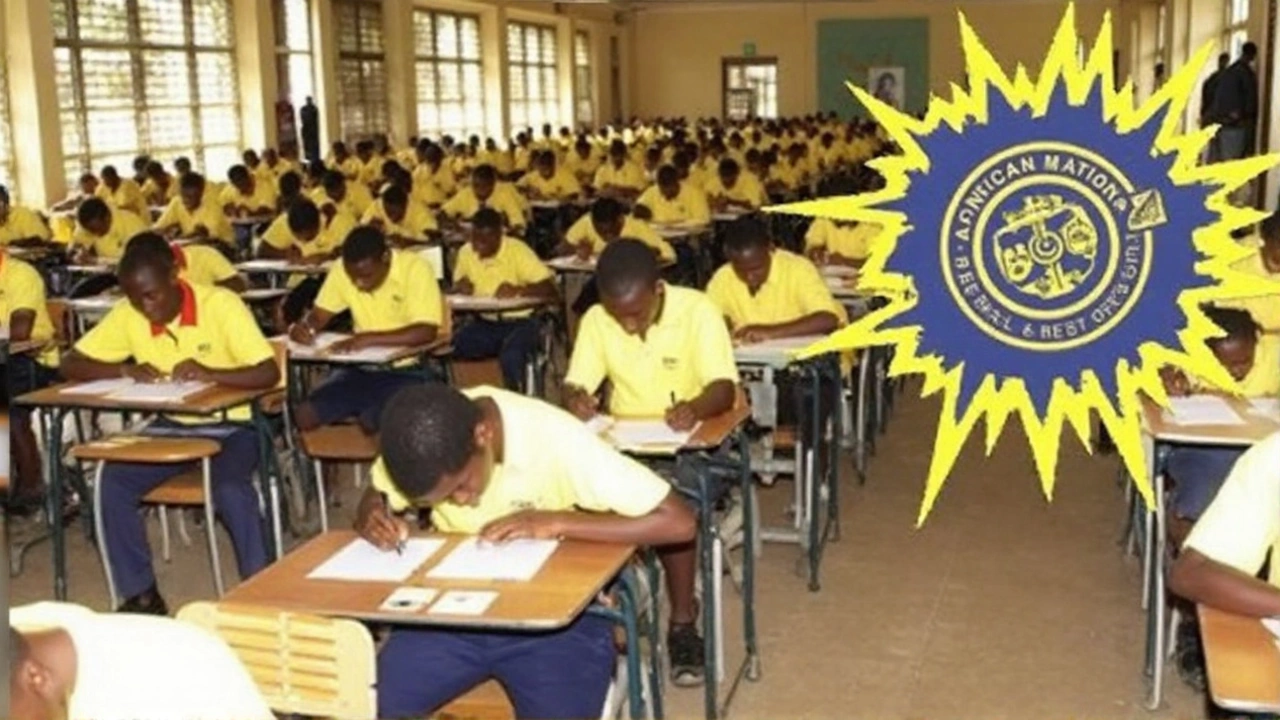Exam Malpractice: How It Happens and What You Can Do About It
Ever walked into an exam room and felt the tension rise as you saw a friend pulling out hidden notes? That moment is the reality of exam malpractice – cheating that hurts students, teachers, and the whole education system. In this article we’ll break down why students cheat, the tricks they use, and what schools can do to keep exams fair.
Why Students Turn to Cheating
The pressure to get good grades is real. Many students think a single mistake could ruin scholarships or future jobs, so they look for shortcuts. Some feel the curriculum is too hard or the teaching style doesn’t match their learning needs. When they don’t see support, cheating feels like the easiest way out.
Family expectations also play a big role. In households where academic success equals pride, students can feel forced to deliver perfect scores at any cost. Combine that with competitive school environments and you have a recipe for exam fraud.
Common Ways Cheating Shows Up
Cheating isn’t just about passing notes under the desk. Here are the most frequent methods:
- Hidden devices: Tiny phones, smartwatches, or even calculators with stored text can hold answers.
- Paper tricks: Students write formulas on inner pages of textbooks, sleeves, or even on their own skin.
- Copying: Looking at a neighbor’s paper is the classic move. In large lecture halls it can happen quickly.
- Online leaks: Some exam papers get posted on private groups before the test day, giving early access to answers.
- Impersonation: Hiring someone else to sit the exam is rare but still happens for high‑stakes tests.
Each of these tactics can be harder to spot when schools rely on old‑fashioned monitoring methods.
What Schools Can Do to Stop It
The good news is that preventing exam malpractice isn’t impossible. Simple changes make a big difference:
- Use multiple test versions: Randomly shuffle question order or swap out numbers so students can’t share answers.
- Enforce strict device policies: Require phones to be turned off and stored away, and use metal detectors for larger exams.
- Train invigilators: Teach proctors how to spot unusual behavior, like nervous glances or students fiddling with objects.
- Promote academic integrity culture: Talk openly about why honesty matters and celebrate students who succeed without cheating.
- Leverage technology wisely: Online testing platforms can lock browsers, randomize questions, and flag suspicious answer patterns.
When schools combine these tactics with clear consequences for cheating, the risk drops dramatically.
Practical Tips for Students Who Want to Stay Clean
If you’re a student worried about failing or feeling tempted to cheat, try these steps:
- Start studying early – cramming makes cheating feel more tempting.
- Form study groups where everyone explains concepts instead of swapping answers.
- Talk to teachers if a topic feels impossible; they can give extra help or resources.
- Use past papers for practice, but treat them like real tests – set a timer and work alone.
- Remember that one bad decision can affect your whole academic record. It’s not worth the stress.
Keeping honesty at the forefront protects your reputation and helps you truly learn the material.
The Bottom Line
Exam malpractice thrives on pressure, lack of support, and easy shortcuts. By understanding why it happens and how students cheat, schools can set up smarter defenses. At the same time, students have practical ways to avoid cheating and still achieve good results. When everyone works together, exams become a real test of knowledge, not just a game of who’s sneakiest.
- August
10
2025 - 5
2025 WAEC Results Reveal Alarming Drop in Nigerian Student Performance
The 2025 WAEC results show that only 38% of Nigerian candidates achieved the benchmark five credits including English and Mathematics, compared to 72.12% last year. Over 192,000 results were withheld due to malpractice. The sharp decline has triggered renewed calls for urgent education reform as universities face a shrinking pool of qualified applicants.
Read More